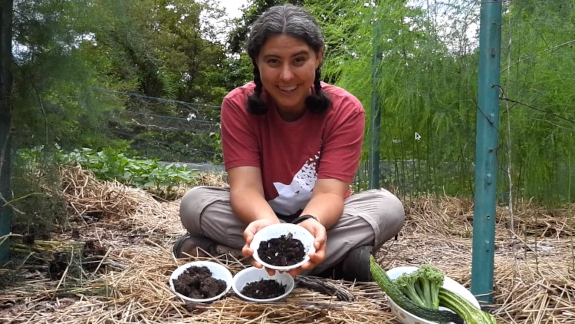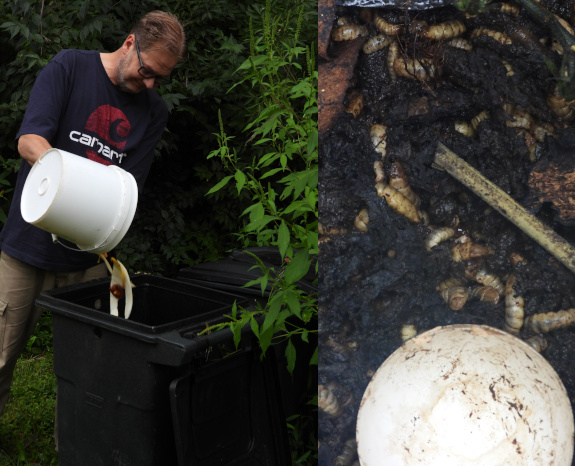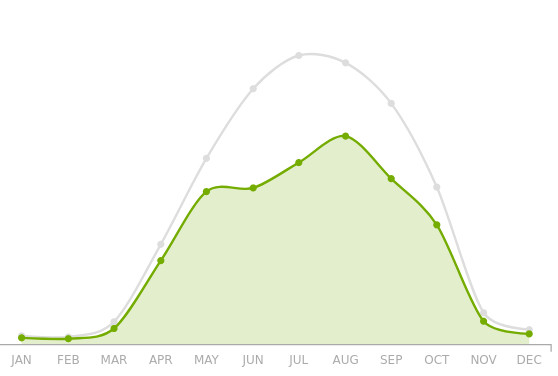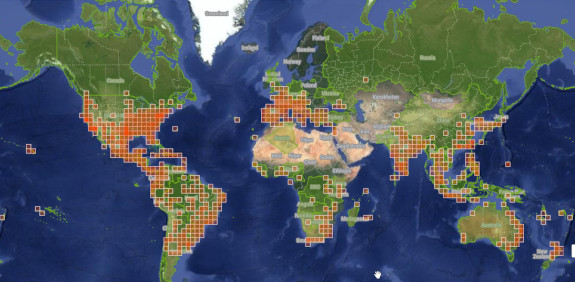
archives for 08/2022
I'm very excited to announce that our first video course is now live! If you use this link before the end of the day Friday, you should be able to snag your copy for half off.
Even if you're just curious, I recommend heading over there since you can watch five of the sixteen course videos for free in preview mode. You can learn why I love no-till and cover crops, how to topdress, and how dorky I look on video. What do you have to lose?
The deck planting box is turning out to be a good alternative spot for tomato plants.
We decided to delete the roof overhang section to increase sun exposure time.
It also opens up a space to add a smaller planter box.
Experimenting with using a thick salvaged window as one of the walls to get a peek at worm activity and water drainage.
When we first experimented with black soldier flies, we thought black soldier fly bins had to be complicated. We bought one for our first try and even ordered some eggs to get our colony started. Turns out, none of that was necessary.
Up here in Ohio, Mark went ultra-simple. He drilled small drainage holes in the bottom of wheelie bins then added a few large holes near the top for adults to fly in and out of. Now we dump in food scraps and the black soldier flies arrive on their own.
Currently, the colony is so vigorous that yesterday's compost is completely gone by the time we head out to dump the next day's bucket. The bottom of the bin is a writhing mass of larvae hungry to eat our scraps and giving off so much heat they fog up my camera lens. You can see our complete composting system in action in our soil course. But if you just want to experiment at home, here are some tips:
Unless you go to extremes to nurture out-of-season black soldier flies, they're really a summer composter. Black soldier flies start showing up at our bins as early as June, but a colony doesn't hit full speed until around mid to late July. So if you're lazy like us, you'll only count on them for a small (but high-quality) portion of your composting year.
Also, black soldier flies don't live everywhere. They've been introduced outside their native range, but if you don't see a red dot near you on the map above, you're probably better off trying compost worms.
That said, we love the excellent compost black soldier flies provide for almost no effort on our part. These bins will definitely be a permanent part of our composting campaign!
(Note: Map and season chart are thanks to iNaturalist and represent data up until the date of this post.)
Want more in-depth information? Browse through our books.
Or explore more posts by date or by subject.
About us: Anna Hess and Mark Hamilton spent over a decade living self-sufficiently in the mountains of Virginia before moving north to start over from scratch in the foothills of Ohio. They've experimented with permaculture, no-till gardening, trailersteading, home-based microbusinesses and much more, writing about their adventures in both blogs and books.






